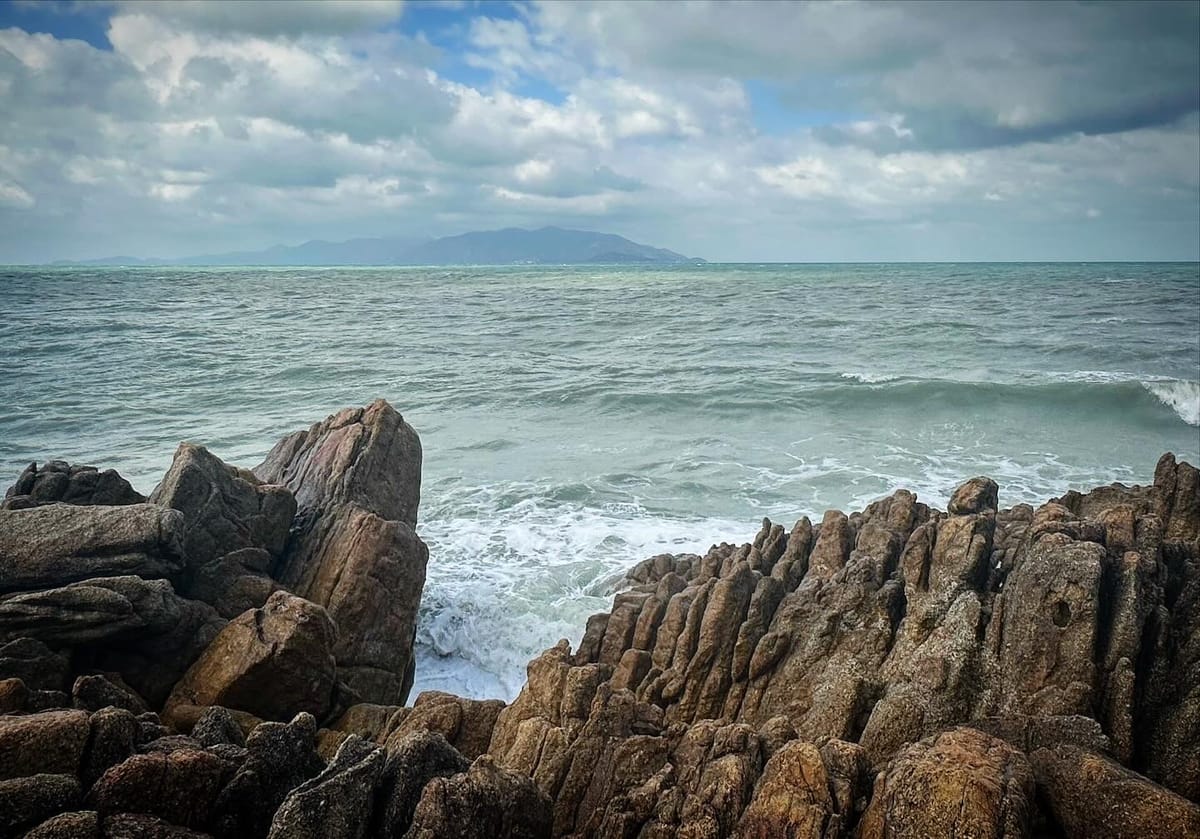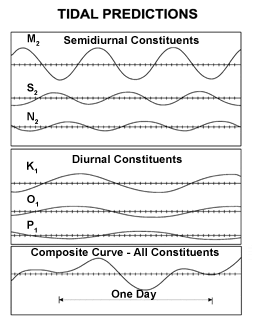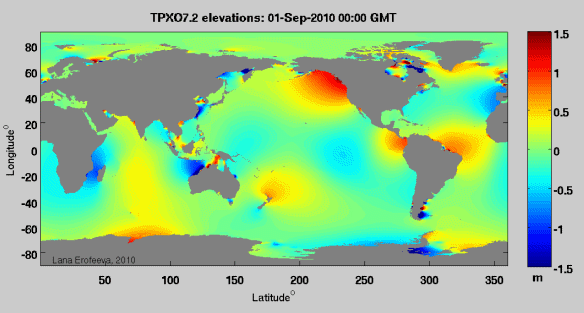How to Predict Tides in Koh Phangan

In Koh Phangan, high tide usually happens about 3.5 to 6 hours after the moon is highest in the sky. The high tide shifts roughly 50 minutes later each day, give or take 20 minutes.
There are also monthly variations: spring tides (extreme highs and lows) during full and new moons, and neap tides (milder changes) during quarter moons.
Seasonal tide variations in Koh Phangan are caused by the monsoon season: the highest tides occur during the peak monsoon season from October to November, and the lowest tides during the driest months from January to March.
The reason Koh Phangan only has one high tide per day instead of two like many places in the world is because the Gulf of Thailand is shallow, narrow, and partly enclosed by the surrounding geography, which slows the tidal flows caused by the moon and sun. Typical tidal flows reverse direction between rising and falling tides every 6 hours, but it takes longer for the water to flow in and out of the Gulf of Thailand, cancelling out much of the tidal flow. There are many complex factors affecting it, and the tides here are some of the most variable and difficult to predict in the world.
I'm oversimplifying the science here. Predicting tides is complex and involves measuring a lot of different frequencies that go into the frequency of the tides. If you just want to know when the next tide is, I recommend trying the iPhone app Tide Guide. If you want to know more about the science, here's a simplified example of how tides can be predicted:

The frequencies shown in this image are:
M2: Twice-daily highs, strongest when the moon is overhead or underfoot, lows when it’s on the horizon. Accounts for about 2/3 of tidal influence in most places, but not a big factor in Koh Phangan.
S2: Also two daily highs, strongest when the sun is overhead or underfoot. About 1/3 of tidal influence in most places, but not a big factor in Koh Phangan.
N2: A 12-hour cycle caused by the moon’s elliptical orbit. Has a more subtle effect.
K1: One high daily, strongest when the moon and sun’s gravitational effects align just right. This is a dominant force in the tides in Koh Phangan.
O1: Daily cycle caused by the moon being north or south of the equator. More noticeable farther from the equator.
P1: Caused by the sun’s position relative to earth’s equator, varies over the year. Doesn’t significantly affect Koh Phangan.
Here's a map showing global tidal ranges (blue is low, red is high) illustrating how the Gulf of Thailand is shielded by geography from tidal forces.

Here's an animation showing global high and low tides, illustrating the Gulf of Thailand's single daily high tide and protection from external tidal forces.

If you're interested in the science behind tides, I'm not an expert. This post is an overly simplified digest of the reading I did to satisfy my own curiosity. By the way, the "tidal bulge" you learned about in school isn't actually real: